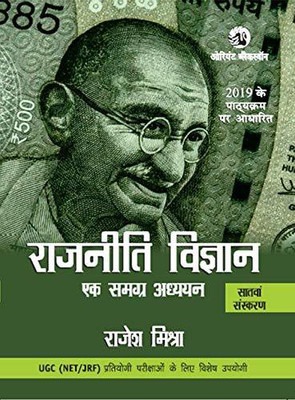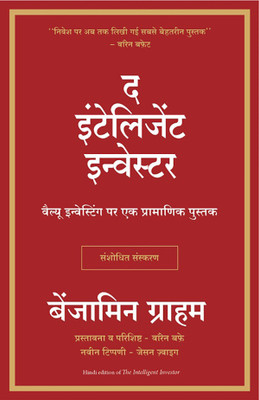
Mosquito Empires (English, Paperback, McNeill J. R.)
Share
Mosquito Empires (English, Paperback, McNeill J. R.)
Be the first to Review this product
Special price
₹1,976
₹2,299
14% off
Available offers
T&C
T&C
T&C
T&C
Delivery
Check
Enter pincode
Delivery by30 Nov, Sunday
?
if ordered before 2:59 PM
View Details
Highlights
- Language: English
- Binding: Paperback
- Publisher: Cambridge University Press
- Genre: History
- ISBN: 9780521459105, 9780521459105
- Pages: 390
Services
- Cash on Delivery available?
Seller
Description
This book explores the links among ecology, disease, and international politics in the context of the Greater Caribbean - the landscapes lying between Surinam and the Chesapeake - in the seventeenth through early twentieth centuries. Ecological changes made these landscapes especially suitable for the vector mosquitoes of yellow fever and malaria, and these diseases wrought systematic havoc among armies and would-be settlers. Because yellow fever confers immunity on survivors of the disease, and because malaria confers resistance, these diseases played partisan roles in the struggles for empire and revolution, attacking some populations more severely than others. In particular, yellow fever and malaria attacked newcomers to the region, which helped keep the Spanish Empire Spanish in the face of predatory rivals in the seventeenth and early eighteenth centuries. In the late eighteenth and through the nineteenth century, these diseases helped revolutions to succeed by decimating forces sent out from Europe to prevent them.
Read More
Specifications
Book Details
| Imprint |
|
Dimensions
| Width |
|
| Height |
|
| Length |
|
| Weight |
|
Be the first to ask about this product
Safe and Secure Payments.Easy returns.100% Authentic products.
Back to top









